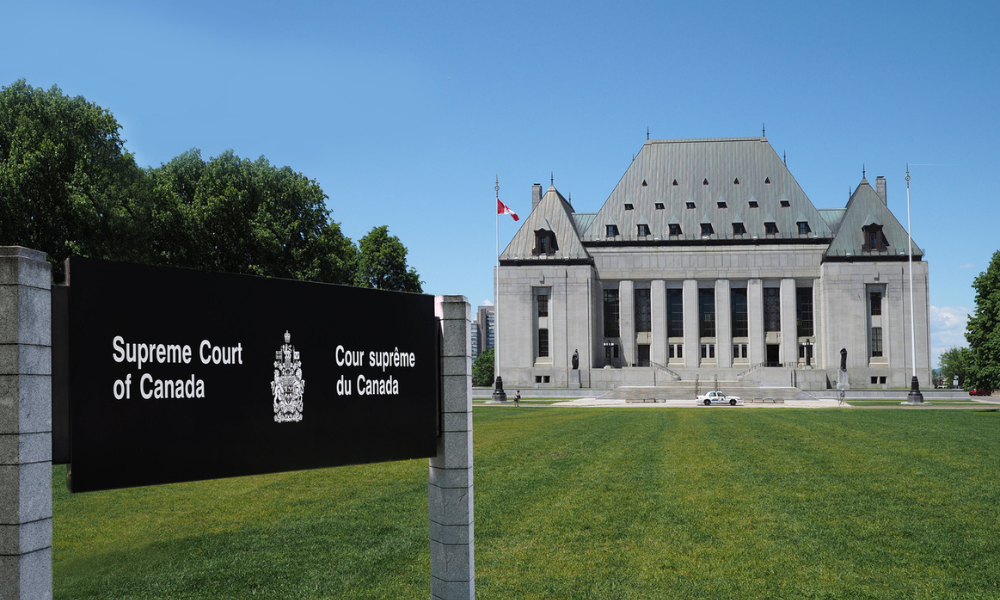The number of blockchain patent applications in the United States alone nearly doubled in 2017 compared to 2016.

Cryptocurrencies, like Bitcoin, are changing how the world interacts with respect to value transactions. With an increased global interest in cryptocurrencies, questions of patentability are surfacing as institutions, companies and individuals seek to profit off inventive applications of the underlying technology of cryptocurrencies — the blockchain.
Blockchain is a system in which “direct” digital transactions occur without relying on a single centralized database. In other words, blockchains avoid the trusted middleman that most transactions require by having the authentication performed over a peer-to-peer network. Blockchain technology allows participants to create an immutable record in a public ledger on multiple computers, so that participating entities can agree on and be certain that a particular event has occurred. The decentralized nature — with no single data centre — is highly appealing, particularly in the context of value transactions given the difficulty for attackers to disrupt or corrupt the entire system.
While institutions continue to discover the benefits of blockchain technology — which is showing potential for myriad other uses including in smart contracts, health care or voting — it remains largely open source. However, the loom of patent wars dangles in the air as innovators question whether blockchains are patentable.
The backbone of what makes up blockchain technology is in the public domain, remaining unprotected by intellectual property. The 2008 publication of the core blockchain and Bitcoin technology by the listed author, Satoshi Nakamoto (understood to be a pseudonym of one or more persons), acts as a bar to any patenting of what was disclosed in their publication. Patents may, however, potentially be granted for new and inventive improvements or implementations.
To obtain a patent for blockchain technology, another issue to consider is subject matter. A mere abstract idea or an implementation of a mere abstract idea in a software algorithm is not patentable subject matter. In Canada, s. 2 of the Patent Act defines subject matter as an “invention” or any new and useful art, process, machine, manufacture or composition of matter or any new and useful improvement in any art, process, machine, manufacture or composition of matter.
The pivotal 2011 Canadian Federal Court of Appeal case Amazon.com Inc., Re interpreted s. 2 of the Patent Act to potentially include business methods. The court suggested two ways in which patent examiners may view the business method at issue (Amazon’s one-click method of completing an online purchase): as an algorithm — a mathematical formula — that is, a computer programmed to produce specific steps to accomplish the method; or as an algorithm plus other essential patentable elements claimed in a novel combination.
What does this actually mean? A mathematical formula alone that is programmed into a computer would likely not render claims patent-eligible. However, a single computerized element when combined with other patentable elements in a novel combination may indicate that the claims are directed toward something more than a mere abstract idea. A similar issue was raised in the United States, where the Supreme Court held in Alice Corp v. CLS Bank International that an abstract idea could not be patented without significantly more. A method that is a “technological” advance and not simply a “fundamental economic practice” could be considered something significantly more and patentable.
Turning to the patentability of blockchain technology, there has been an upward trend of patent application filings worldwide since 2008. The number of blockchain patent applications in the U.S. alone nearly doubled in 2017 as compared to 2016, according to CoinDesk, with at least one patent formally issued.
If the advances in blockchain are considered by the patent office to be merely an abstract idea, then obtaining patent protection may prove challenging. In order for blockchain to be considered sufficiently tied to one or more computers, technical focus can be made on the interaction between the multiple computers that define the public ledger, how and what they communicate, the authentication processes or interaction with other devices.
Stacy Rush is an associate in the Toronto office of Ridout & Maybee LLP and Meika Ellis is an articling student in the Ottawa office of Ridout & Maybee LLP.










